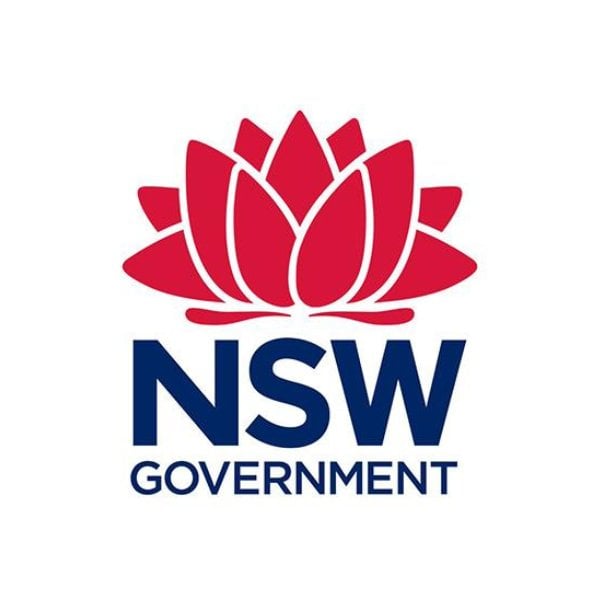

Content warning: This story includes descriptions of domestic abuse that may be distressing to some readers.
Conversations about coercive control are at an all-time high.
It comes amid the New South Wales Parliament's decision to introduce new laws to address coercive control. This is a welcomed step in the right direction according to advocates, experts and victim-survivors.
As discourse on coercive control continues, some may still feel a little confused as to what it really is and the impact it has.
Annabelle Daniel OAM is the CEO of Women's Community Shelters, an organisation that works with communities around NSW to establish crisis accommodation for women and kids who are homeless or leaving domestic violence. She is also the chair of peak body Domestic Violence NSW and is an independent member on the Coercive Control Implementation and Evaluation Taskforce. With this in mind, Daniel is well versed in the subject of domestic and family violence, and specifically coercive control.
"Coercive control is domestic abuse. It's about dominating and controlling somebody, keeping them in fear, and intimidating them. It's cutting off a victim-survivor's access to the outside world in many different ways," Daniel says to Mamamia.
Watch: It's not love, it's coercive control. Know the signs of abuse. Post continues below.
"We think of coercive control as the toolbox of all the different kinds of abuse — financial, emotional, physical, sexual. The perpetrator uses these behaviours to repeatedly hurt, scare or isolate another person to control them. That's coercive control."




























































































